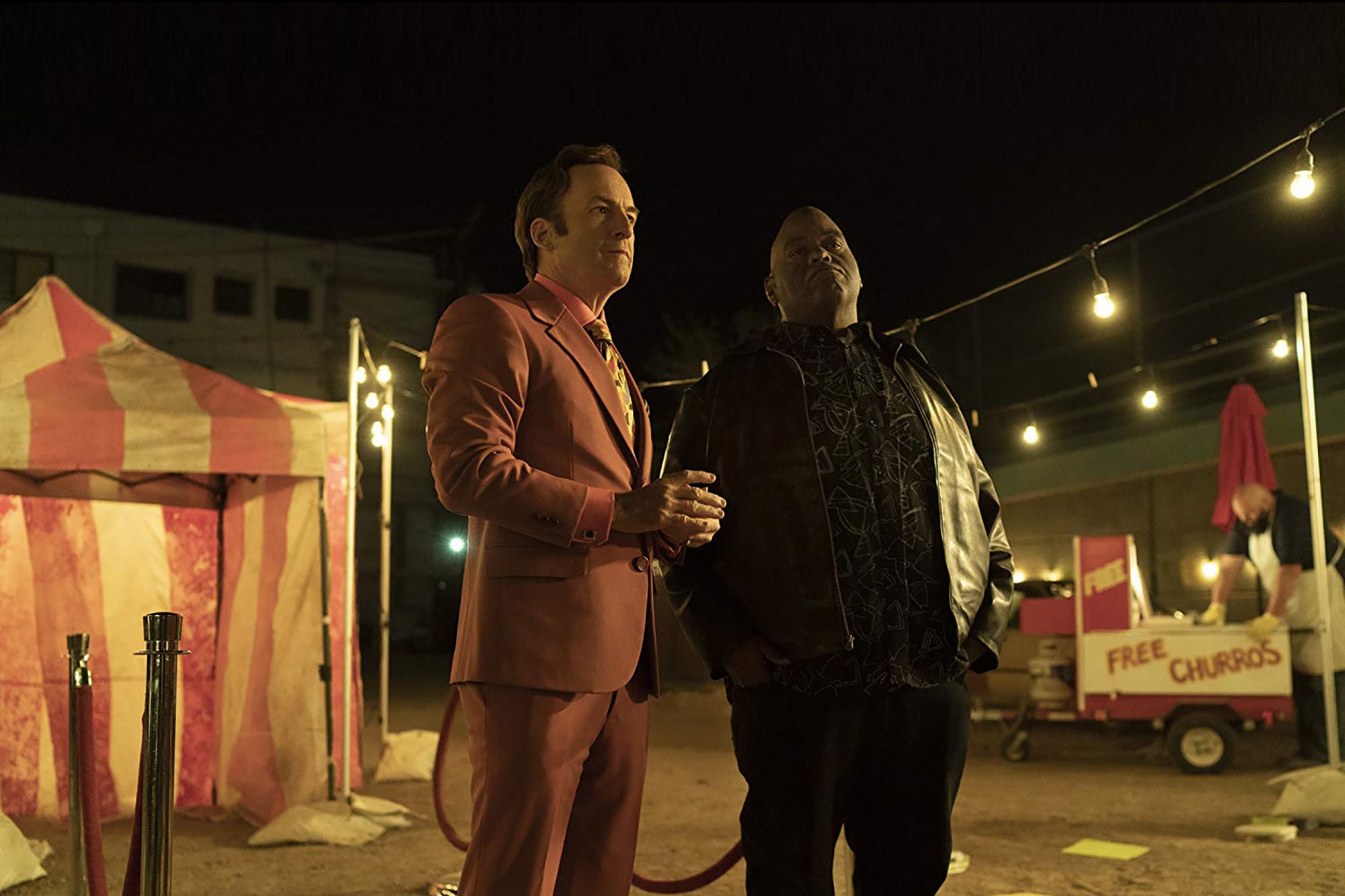Eight Ways Interactive Technology Can Boost ROI From Your Trade Shows 99% of marketers believe trade shows offer unique value that other marketing mediums do not.
By Omar Rahman
Opinions expressed by Entrepreneur contributors are their own.
You're reading Entrepreneur Middle East, an international franchise of Entrepreneur Media.

The numbers are in and it's pretty much unanimous– 99% of marketers believe trade shows offer unique value that other marketing mediums do not. That's according to the Center for Exhibition Industry Research (CEIR).
Trade shows and exhibitions can generate high-quality leads, drive brand awareness, and build long-term relationships with your ideal customers. They can also get buzz going around your products and cement your market position.
But attendance isn't a golden ticket to those returns.
Simply turning up on the day won't cut it, not in such a competitive environment. That's why interactive technology is gaining such huge momentum across the UAE. We're not just talking GITEX here. Industries as diverse as automotive, aerospace, real estate and retail are leveraging technology to grab, and hold, the attention of event attendees.
From smartphone beacons to motion sensitive interfaces, interactive technology ensures exhibition attendance delivers the ROI it should.
So here are eight key reasons why technology needs to be part of your event planning when it comes to boosting awareness, driving engagement and amplifying ROI.
1. The power of touch
Interactive touch screens can be a powerful way to drive engagement at trade shows, because they put the visitor in the driver's seat. You give visitors control over the experience they receive, without breathing down their neck. This means the barrier to engage is lower than with a sales rep, so you'll convert more "on the fence" passersby than you would otherwise.
In a sense, you let leads self-qualify. If they like your touch screens they can approach your salespeople for more information. Your salespeople can then focus their efforts on pre-qualified visitors who'll benefit more from the attention.
So how should you use touch screens? They're very flexible. You can embed touch screen technology into walls, tables or panels, so they slot into your booth design seamlessly. Then you can completely customize the experience you deliver, from your brand story to product information to games.
Whatever content you use, touch screens work to attract, engage and convert visitors– so you enjoy better results from the trade show overall.
2. "Beacon" people in
Beacon devices work by remotely connecting to visitors– smartphones within a certain area, offering a unique content experience from a distance. Imagine a potential visitor walking past a competitors' stand, one booth away from yours. Normally they might miss yours altogether, especially if your competitor has more eye-catching design and features. But with beacons, they'll get a notification to their phone like a virtual tap on the shoulder from your salespeople.
If they opt-in, you can deliver all sorts of unique content which will drive engagement, and you can collect insights from them as well. How long did they spend at your stand? Which competitors were they checking out? Beacons can attract more visitors to your stand, and give business-critical insight that helps turn them into customers.
3. Create an alternate universe
To convert exhibition visitors into leads –or even on-the-day sales– you need to create an immersive experience that brings your brand and product to life. One of the most popular ways to do that is virtual or augmented reality.
Virtual reality lets you engage much more powerfully with each visitor, because it makes them the central character in your virtual story. It's much more immediate than, say, a straightforward product demo video– which means it's more effective. For instance, an airline could showcase business class luxury by recreating the on-board experience with VR.
In Virtual Reality Systems for Business, Robert Thierauf notes that trade shows are one of the most important use cases for VR, offering "a proven means of attracting attendees to a booth as well as providing a unique educational opportunity".
The payoff when you use virtual reality can be huge. The technology is still innovative enough to create buzz, and buzz means you attract, engage and –so long as your VR experience links back to your brand effectively– convert more visitors.
4. Make your stand e-motional
You'll hear this technology called various things, from gesture control to motion recognition. Whatever name you use, the point is this: touchless interaction from motion-sensitive technology.
Motion controlled tech has many uses from healthcare to automotive, but it can also be leveraged as part of your booth design. If you embed gesture control technology into your booth, it means visitors can interact remotely by moving their hands or body.
You could display a product demo through a gesture control interface, for instance, so visitors can flick their hand to start and stop the video. Or you could create a motion sensitive floor that switches content as people walk across it. Or responsive lighting design that shifts as visitors move around your booth.
The possibilities are endless to create a fully immersive experience that will be memorable and exciting for visitors. That's the key to exhibition success.
Related: Showcase Yourself: Seven Major Pitfalls To Avoid With Your Exhibition Stand
5. Map out your environment
One limitation of virtual reality is the need for headsets, which restricts how many experiences you can deliver at once. It also gives a very individual, even introspective experience. That can be effective, but sometimes you want to harness the power of the crowd. That's where 3D projection mapping comes in.
Projection mapping is similar to ordinary video projection, but uses the 3D environment around you as a projection surface. This allows you to create interactive displays on everyday objects, from walls to cars. It turns anything into a screen, playing with light to distort, rework and confuse the lines between reality and fiction.
The impact of projection mapping can be massive, and that's increased further because it's a shared experience. Chris Grams writes in The Ad-Free Brand that getting people together in the same room "creates a powerful shared experience that can galvanize your core group of brand advocates." He's talking of brand positioning, but the point stands: if you create shared experience, you drive higher emotional engagement. And higher emotional engagement is a key component of a successful exhibition.
6. Turn work into play
One of the biggest hurdles to exhibition success is getting attention. Attendees are overwhelmed by hundreds or thousands of competing stands, so you need to get people to engage with yours.
That's where games come in. Traditional offline games have long been popular, but digital technologies allow you to bring games to life in an even more engaging way. For example, you could combine digital gaming with touchscreen technology or motion recognition technology to create an exciting, immersive and attention-grabbing interactive experience.
Up the ante with a leaderboard and prizes, and you'll have people queuing round the metaphorical block in no time. Just don't forget to link the game back to your brand for maximum results. The most effective digital games reinforce your brand story; they're not just games for games sake.
A giant interactive Angry Birds wall might attract attention but if there's no reason for people to associate your brand with the game then you'll struggle to convert. Instead aim to develop something bespoke which reflects your brand and product.
7. Get social
Exhibitions are most successful when you leverage their word-of-mouth potential– and that means harnessing social media. The Viral Impact of Events report was a survey of marketing executives, focusing on large companies in both business and consumer markets. It looked at how "event marketers and exhibitors are developing content and information for social networks and other channels to encourage online sharing by attendees, participants and other applicable industry members, prospects and influencers."
The results were startling. An average of 1.4 million touches, impressions, shares, and connections was recorded per event.
Which brings us to social vending machines. These interactive kiosks drive social interaction by encouraging attendees to log into and post from their social media accounts to earn prizes.
For attendees, the transaction is immediately rewarding and creates an engaging, memorable experience. For brands, you're amplifying your presence in an authentic way, generating hype during the event and increasing brand awareness. And you're collecting valuable user data for remarketing campaigns.
Social vending machines can be an invaluable way to amplify your exhibition effectiveness beyond the event itself.
8. Invite attendees to recharge their batteries
The likes of virtual reality and motion recognition technology might be a particularly exciting and futuristic use of technology, but you can keep things simple as well. One big hurdle to better engagement is attendee exhaustion and overexposure. Beat those, and you don't need "sexy" tech to grab attention.
One of the simplest and most cost-effective pieces of technology to add to your exhibition stand is recharging stations– for people and smartphones alike. Comfortable sofas, free Wi-Fi, coffee, and charging stations can be a major draw– not as attention-grabbing as virtual reality, but just as in-demand. Just make sure to capitalize on your now-captive audience– like video walls telling your brand story, or tablets with digital games.
Use innovative tech to get your stand seen, heard and remembered
Exhibition attendance can deliver exceptional returns, but the big challenge is grabbing and holding the attention of attendees. You need to create an experience to draw people in and make sure they remember you.
That's why interactive technology matters.
Related: The Psychology Of Good Signage And How To Make It Work For Your Business













